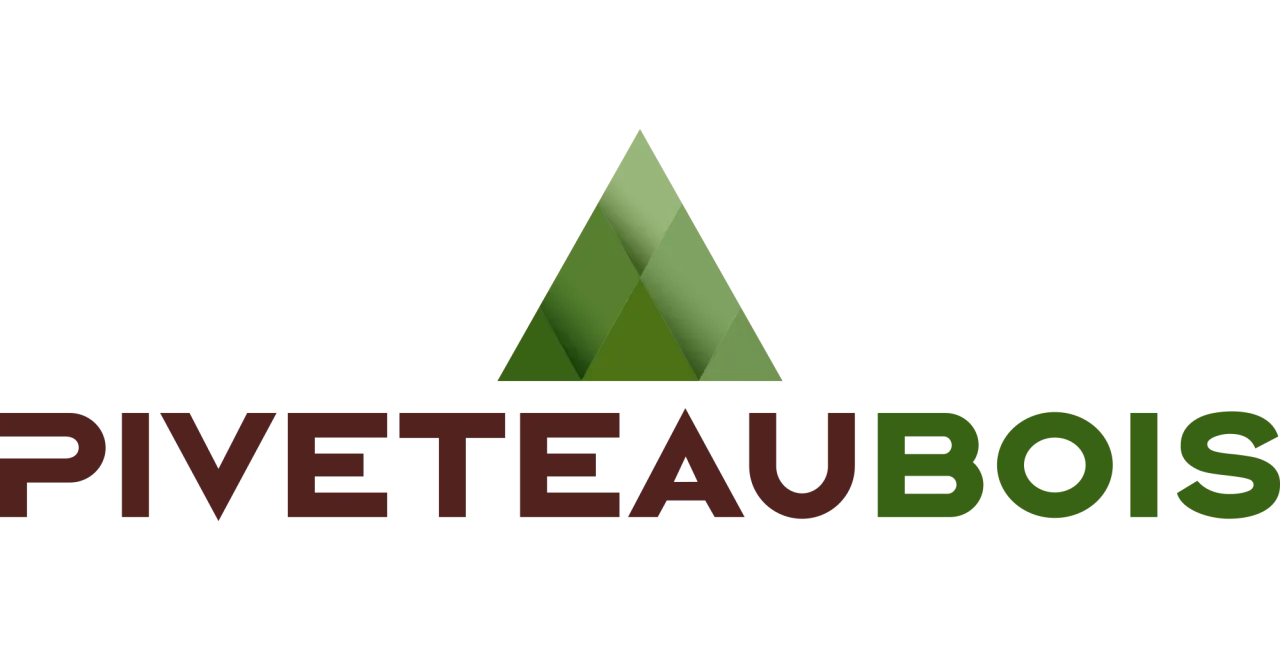Sectoral expertise
Infrastructures & Constructions
An essential pillar of the global economy, encompassing the design, construction and maintenance of infrastructure. It plays a crucial role in urban and rural development, creating jobs and stimulating economic growth.

The challenges facing the sector
The construction sector is a driving force for development, and today it must rise to major challenges such as digitalisation, ecological innovation and cost control, in order to build for the future with efficiency and responsibility.
Complex Project Management
- Manage a multitude of stakeholders and subcontractors, often over several years.
- Using Building Information Modeling (BIM) to improve planning and coordination.
- Dealing with unforeseen delays and cost overruns, which impact on project performance.
Adoption of new technologies
- Using the Internet of Things (IoT) and drones to inspect sites.
- Significant investment and staff training required.
- Overcoming resistance to change and managing high initial costs.
Sustainability and Environmental Impact
- Incorporate sustainable construction practices to reduce the carbon footprint.
- Use innovative and sustainable materials such as self-healing concrete and nanomaterials.
- Ensure that new practices are economically viable and accepted by all stakeholders.
Regulatory Compliance and Political Risk
- Navigate a complex regulatory landscape at different levels (local, national, international).
- Manage political influences, especially in projects funded by public-private partnerships.
- Deal with changes and delays due to political influences and regulations.
Your challenges
and our solutions
Logistics and cost optimisation
Uncontrolled costs and logistical inefficiencies impact on project profitability and timescales:
- Draw up a logistics network design to structure the supply chain for a site or group of sites (storage, operations, transport resources, etc.),
- Develop the mutualisation of logistics resources to reduce costs and non-value added,
- Optimise stocks and material flows to improve service quality, while ensuring efficient synchronisation of flows.
- Identify differentiating logistics service providers and services (organisation of rounds, remote stocks, packaging, etc.) and support their implementation.
Process Digitalisation and flow management
Lack of coordination and digitisation can lead to inefficiencies on construction sites:
- Helping to identify the need for digitisation, to synchronise information flows and improve project coordination
- Optimise the management of logistics flows, by ensuring effective synchronisation of material and information flows with all stakeholders, subcontractors, etc.
Environmental issues and sustainability
Environmental constraints (demand for low-carbon transport, shorter journeys by road, demand for increased recycling of waste) or spatial organisation constraints (reduction of nuisance to local residents, road traffic) are increasingly strong and need to be addressed:
- Optimising the means of transport used and logistics routes (rounds, filling, etc.) to minimise the carbon footprint and environmental nuisance.
- Raising awareness of environmental issues, carrying out Carbon Footprint Assessments
- Supporting projects to decarbonise transport and operations
Among our
references


Network Design

Material balancing and S&OP

Logistics services market study

Diagnostic Supply Chain

Supply Chain diagnostic
Use Case


Design an optimised model for efficient, controlled management of the supply chain on a construction site
Our involvement
- Supply Chain diagnosis of all the practices implemented at Bouygues Construction through field interviews with players from all the regional subsidiaries
- Analysis of gaps and impacts
- Drawing up an IS master plan to coordinate all new Supply Chain actions
- Construction of a roll-out roadmap
- Definition of the Supply Chain target to be implemented
- Supply Chain benchmarks in various industries, with the aim of serving as references for the target.
The results
- Detailed Supply Chain target defined (missions, processes, organisation)
- Impact analysis for implementation, including prerequisites, obstacles and levers
- Launch of 2 pilot sites
- Supply Chain target deployment roadmap defined over time
- Estimated savings of up to 5% of project costs

A Project ? Contact us
Anestis Lampsos
Senior manager
Anestis works as a consultant on transformation projects, combining Operations and Services. He works with both large groups and SMEs. After spending 10 years working on industrial operations and maintenance, Anestis specialised in Supply Chain planning and management, where he applies the Lean six-sigma toolbox and common sense. It has also developed expertise in Demand Driven. Anestis lectures at engineering schools and holds a Master’s degree in Business Administration from ESCP.